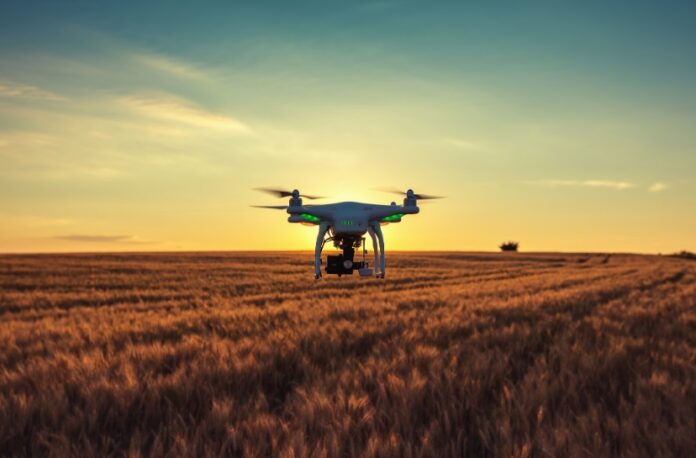
Once confined to military applications, drones have rapidly gained popularity in recreational and educational settings, including schools. However, with this surge in drone usage comes the need for stringent safety measures, especially when children are involved.
Operating drones safely is crucial to prevent accidents and ensure a positive experience. While offering exciting opportunities for learning and exploration, drones also pose inherent risks, especially when operated by inexperienced users such as school students. These risks include collisions with people or objects, interference with manned aircraft, and violations of privacy laws.
Authorities such as the Federal Aviation Administration (FAA) in the United States and the Civil Aviation Safety Authority (CASA) in Australia have established regulations governing the safe operation of drones. Adhering to these regulations is crucial to prevent accidents and legal repercussions. This article will delve into essential tips for school students to fly drones safely.
1. Find the Right Flying Location
Before taking off, it’s essential to select a suitable flying location. School students should always fly their drones in areas designated for such activities. Partnering with an adult who understands drone safety protocols is advisable. Additionally, utilizing Civil Aviation Safety Authority (CASA)–verified drone safety apps can aid in identifying safe locations, ensuring compliance with regulations, and minimizing risks.
2. Steer Clear of Crowded Areas
Avoiding crowded places is paramount when flying drones. Students should refrain from operating drones near busy beaches, public events, high-traffic areas, and sports fields during games. Flying in these areas poses risks to bystanders and increases the likelihood of accidents or collisions.
3. Maintain Distance from People
Drones must maintain a safe distance from individuals to prevent accidents and respect privacy. According to regulations, drones must stay at least 30 meters from people. If individuals unexpectedly appear within proximity, students should immediately maneuver their drones away to ensure everyone’s safety.
4. Stay Within Height Limits
Students must adhere to height restrictions when flying drones. The maximum permissible height is 120 meters above ground level. This limit ensures airspace safety and prevents interference with manned aircraft. Flying below this height mitigates risks associated with collisions and airspace violations.
5. Keep the Drone in Sight
Maintaining visual contact with the drone is crucial for safe operation. Students should always keep their drones within sight and refrain from relying on binoculars, electronic devices, or goggles. Losing sight of the drone increases the likelihood of accidents and violates regulatory requirements.
6. Avoid Emergency Situations
Flying drones near emergency operations can impede response efforts and exacerbate hazards. Students should steer their drones away from emergencies, including accidents, police operations, fires, or search and rescue missions. Prioritizing safety and respecting emergency responders’ efforts is paramount in such scenarios.
7. Observe Time and Weather Conditions
Flying drones during adverse weather conditions or at night poses significant risks. Students should avoid flying in darkness, foggy conditions, or limited visibility situations. Packing up and ending the flight when the sun sets ensures safety and compliance with regulations.
8. Be Mindful of Airspace
Respecting airspace regulations is essential to prevent hazards and maintain safety. Students must not operate drones in a manner that endangers other aircraft, individuals, or property. Flying only one drone at a time and avoiding populous areas ensures airspace integrity and prevents accidents.
Key Takeaways
Prioritize safety by selecting suitable flying locations away from crowded areas.
Maintain distance from people and adhere to height restrictions.
Keep the drone within sight and avoid flying during adverse weather or emergencies.
Respect airspace regulations and prioritize safety over recreational activities.
Drones offer valuable educational opportunities for students, allowing them to explore concepts related to science, technology, engineering, and mathematics (STEM). However, ensuring safety is paramount to maximizing drone-based education’s benefits while minimizing risks. By following these essential tips, school students can enjoy flying drones responsibly while minimizing risks and ensuring safety for themselves and others. Understanding and adhering to drone safety guidelines are fundamental to fostering a culture of responsible drone usage among students.

















![How to protect your drone from crashing – Pre-flight checklist [Updated]](https://roboticsbiz.com/wp-content/uploads/2019/09/drone3-218x150.jpg)


![Case studies – Use of drones in energy, utility, insurance & telecom [2024] drones](https://roboticsbiz.com/wp-content/uploads/2019/04/drone-218x150.jpg)
![Best camera drones for amateur photography at affordable prices [2024 Edition] Agricultural drones](https://roboticsbiz.com/wp-content/uploads/2021/03/drone-218x150.jpg)